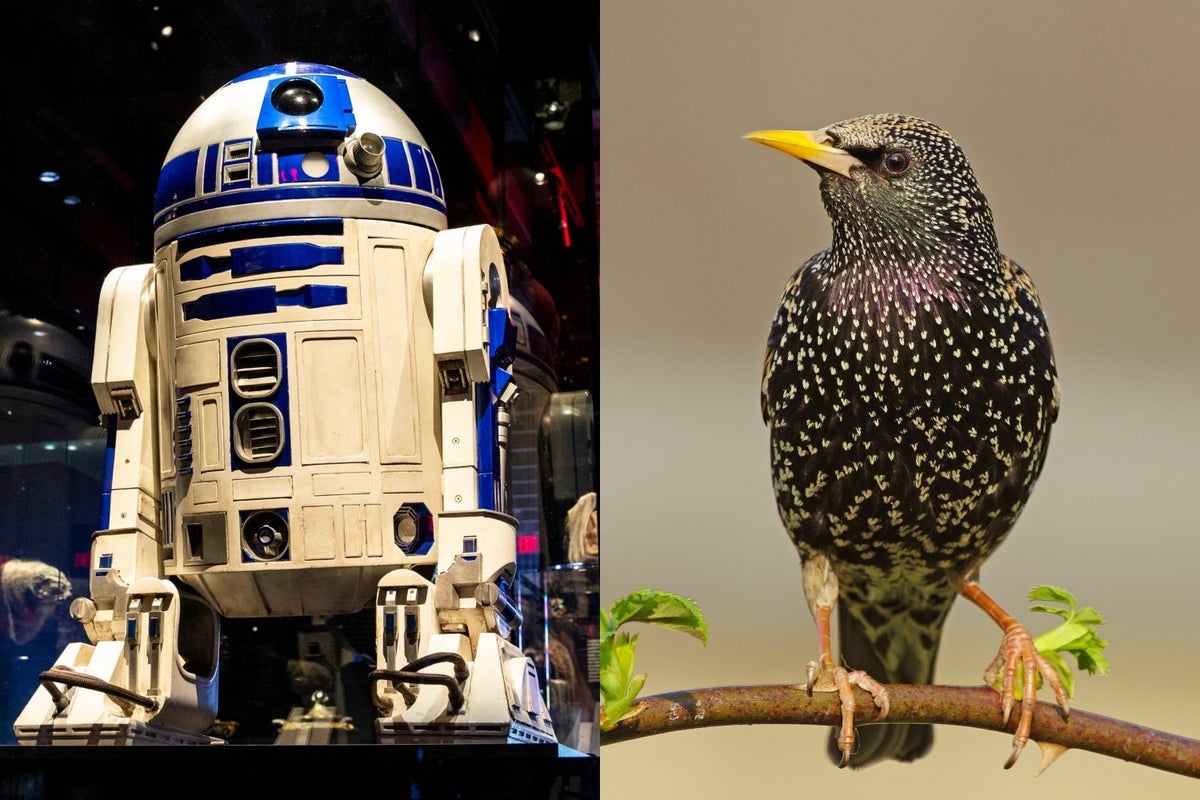
"A long time ago in a galaxy far, far away, R2-D2 beeped and boopedand now birds that copy the Star Wars character are giving scientists fresh insight into how different species imitate complex sounds. A study, published recently in Scientific Reports, analyzed the sounds of nine species of parrots, including Budgies, as well as European Starlings to see how accurately each bird mimicked R2-D2's robotic whirring."
"Researchers did acoustic analyses on samples of birds imitating the plucky droid that were already available online to compare how statistically similar each bird's noises were to a model of R2-D2's sounds. The starlings, a type of songbird, emerged as star vocalists: their ability to produce multiphonic noisesin their case, two different notes or tones expressed simultaneouslyallowed them to replicate R2-D2's complex chirps more accurately."
"Parrots and budgies, which only produce monophonic (or single-tone) noises, imitated the droid's sounds with less accuracy and musicality. The differing abilities stem from physical variations in the birds' syrinxa unique vocal organ that sits at the base of the avian windpipe. Starlings can produce two sounds at once because they control both sides of the syrinx independently, says study co-author Nick Dam, an evolutionary biologist at Leiden University in the Netherlands."
Acoustic analyses compared online recordings of nine parrot species, including budgies, and European starlings imitating R2‑D2 to a model of the droid's sounds. Starlings matched R2‑D2's complex chirps more accurately and musically than parrots and budgies. Starlings can produce multiphonic sounds — two different notes expressed simultaneously — which enables closer replication of the droid's robotic whistles. Parrots and budgies produce only monophonic, single‑tone noises and therefore imitated the droid with less accuracy. The differing performance stems from physical variations in the syrinx, the avian vocal organ, and independent bilateral control in starlings.
Read at www.scientificamerican.com
Unable to calculate read time
Collection
[
|
...
]